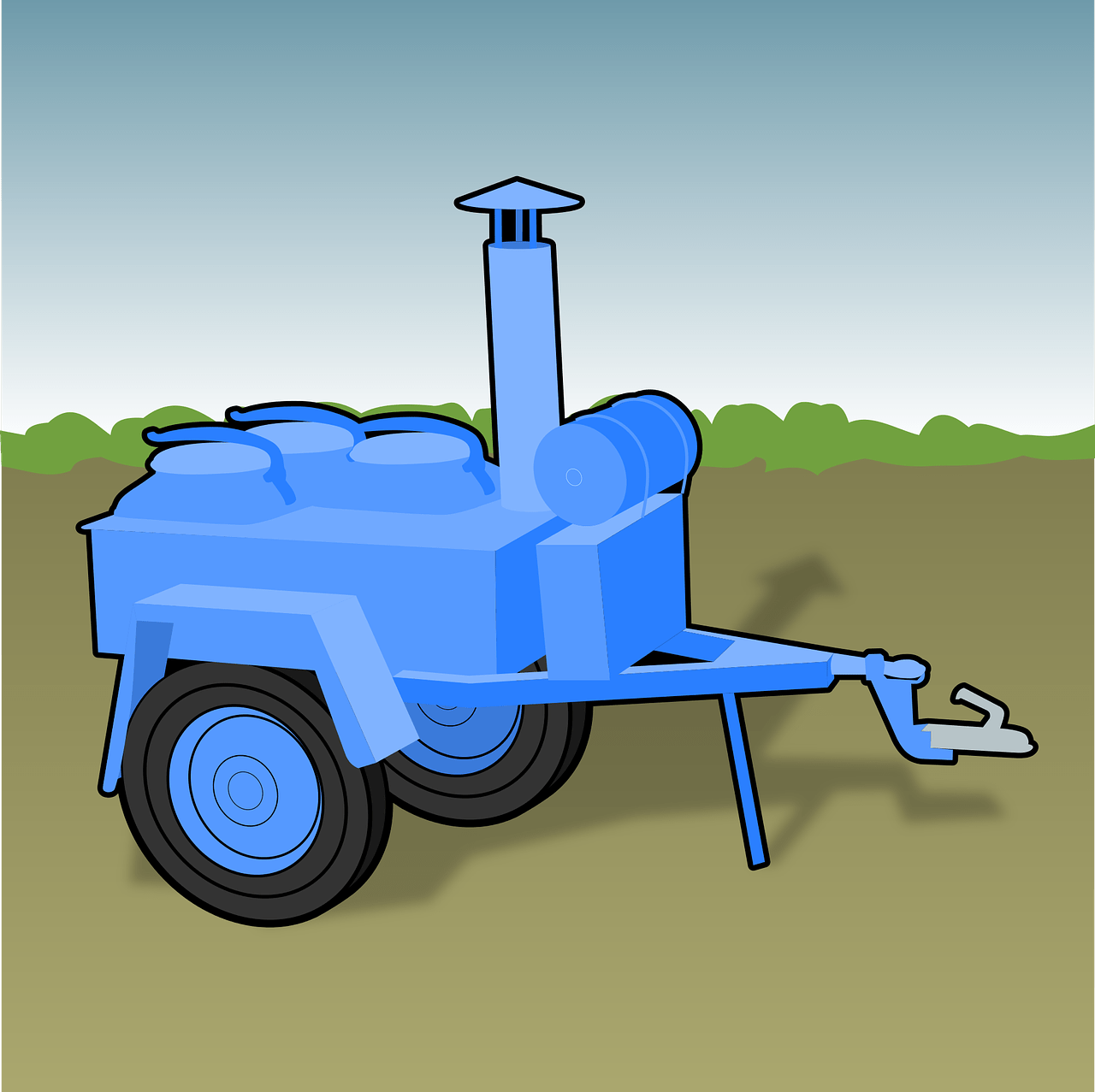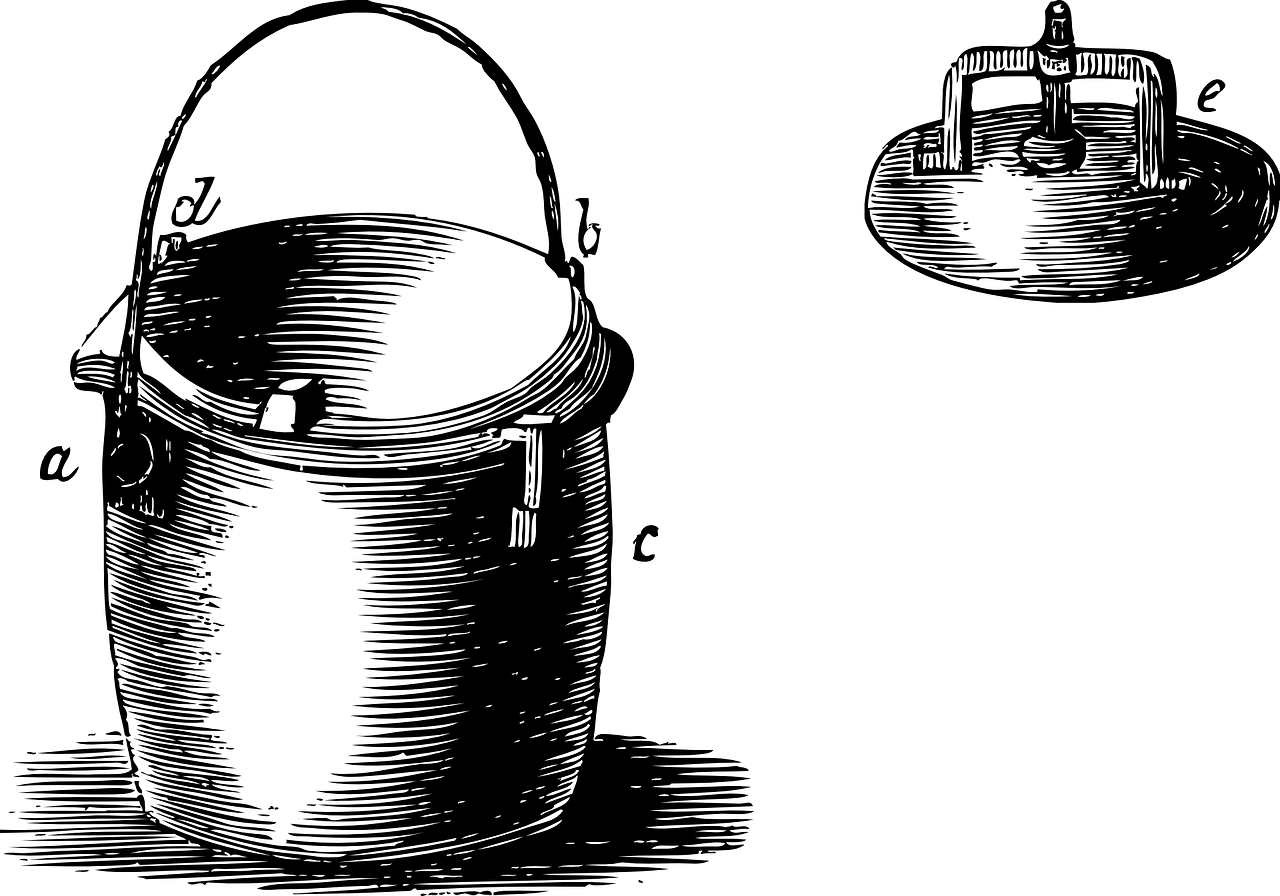Ad Blocker Detected
Our website is made possible by displaying online advertisements to our visitors. Please consider supporting us by disabling your ad blocker.
Pressure cookers can be a game-changer in the kitchen, allowing you to whip up delicious meals in a fraction of the time. But if you’re new to using this handy tool, you might be wondering how to cook your meals perfectly in a pressure cooker. Fear not! In this article, we’ll guide you through the steps to master pressure cooking, from choosing the right ingredients to adjusting cooking times. Say goodbye to long hours spent in the kitchen and hello to perfectly cooked meals with your pressure cooker!

Understanding Pressure Cooking
What is a pressure cooker?
A pressure cooker is a kitchen appliance that helps you cook food faster by using steam pressure. It consists of a tightly sealed pot with a locking lid and a valve that releases excess pressure. As the liquid inside the pot heats up and turns into steam, the pressure increases, raising the boiling point of the water. This higher temperature cooks the food faster, reducing cooking times significantly.
How does pressure cooking work?
Pressure cooking works by creating a sealed environment in which steam pressure builds up. This higher pressure increases the boiling point of the liquid inside the pot, allowing the food to cook at a higher temperature than standard boiling. As a result, the cooking time is drastically reduced, resulting in tender, flavorful dishes. The pressure cooker uses a gasket or rubber seal to create an airtight seal, preventing steam from escaping during cooking.
Advantages of pressure cooking
Pressure cooking offers several advantages that make it an attractive cooking method. Firstly, it helps to retain the nutrients in the food better than traditional cooking methods, as the shorter cooking time minimizes nutrient loss. Secondly, pressure cooking can save you a significant amount of time, making it ideal for busy individuals or families. It also preserves the natural flavors of the ingredients while tenderizing tough cuts of meat. Additionally, pressure cooking requires less water compared to regular boiling, making it more energy-efficient and eco-friendly.
Choosing the Right Pressure Cooker
Types of pressure cookers
There are two main types of pressure cookers: stovetop and electric. Stovetop pressure cookers are placed directly on a stove burner, while electric pressure cookers are stand-alone appliances that rely on electricity for operation. Stovetop pressure cookers are typically more durable and perform well under high heat, while electric pressure cookers offer convenience and programmable features.
Considerations for selecting a pressure cooker
When choosing a pressure cooker, there are several factors to consider. The capacity is an important consideration, as it determines the amount of food you can cook at once. Think about the size of your family or the portion sizes you usually cook. The materials used in the pressure cooker, such as stainless steel or aluminum, affect durability and heat conduction. Safety features like pressure release valves, locking mechanisms, and steam release systems are crucial for preventing accidents. Finally, consider your budget and the brand reputation for reliability and customer support.
Recommended pressure cooker brands
Some popular and reliable pressure cooker brands include Instant Pot, Fissler, Presto, and T-fal. These brands offer a range of models with various features, capacities, and price points. Consider reading reviews and comparing features to find the pressure cooker that fits your needs best.
Essential Tools and Ingredients
Must-have tools for pressure cooking
To ensure a successful pressure cooking experience, there are a few essential tools you’ll need. These include a trivet or steaming rack to elevate food above the liquid, a long-handled ladle or spoon for stirring and serving, a kitchen timer or smartphone app for accurate cooking times, and a silicone or heat-resistant mitt to handle the hot pressure cooker.
Recommended ingredients for pressure cooking
Pressure cooking allows you to cook a wide variety of ingredients, but certain ones work particularly well. Tough cuts of meat like beef chuck or pork shoulder become tender and flavorful in a pressure cooker. Beans and lentils cook much faster under pressure, eliminating the need for lengthy soaking times. Root vegetables, such as carrots and potatoes, retain their texture and nutrients beautifully. Additionally, broth, spices, and herbs add depth and flavor to your pressure-cooked dishes.
Preparing Your Pressure Cooker
Cleaning and maintaining your pressure cooker
Before using your pressure cooker for the first time, wash all components with warm, soapy water. Regular cleaning is essential for maintaining the pressure cooker’s performance and preventing food stains or odors. Check the manufacturer’s instructions for specific cleaning recommendations, but generally, you can hand wash the pot, lid, and seal with mild detergent. Avoid using abrasive cleaners or scouring pads that can damage the surface.
Properly assembling the pressure cooker components
When assembling your pressure cooker, ensure that the sealing ring is properly inserted into the lid and that the pressure release valve is in the closed position. Position the lid on the pot and align the notches or arrows to secure it in place. Double-check that the lid is tightly locked before proceeding with cooking to prevent pressure leaks. Always follow the manufacturer’s instructions for your specific pressure cooker model as assembly methods may vary.

Choosing the Right Cooking Methods
Understanding high and low-pressure cooking
Pressure cookers offer two cooking pressure options: high pressure and low pressure. High pressure is suitable for most recipes and achieves faster cooking times. It is ideal for tenderizing tough cuts of meat or quickly cooking grains and legumes. Low pressure cooking is gentler and suits delicate ingredients like seafood or vegetables that require shorter cooking times. Understanding when to use high or low pressure is crucial for achieving the desired results in your recipes.
Determining cooking times and settings
Each pressure cooker model may have specific recommended cooking times and settings for different recipes. However, as a general rule, it is essential to follow recipes or cooking charts provided by the manufacturer or reputable sources. Factors such as the size and thickness of the ingredients, as well as desired doneness, can influence cooking times. With experience, you will learn to adjust the cooking times and settings to suit your personal preferences.
Mastering Pressure Cooker Recipes
Adapting traditional recipes for pressure cooking
Many traditional recipes can be easily adapted for pressure cooking. For dishes that require simmering or braising, reduce the cooking time by approximately 70% when using a pressure cooker. Adjust the liquid content to accommodate the reduced cooking time, ensuring sufficient moisture for proper pressure cooking. For recipes with added thickeners like flour or cornstarch, it is best to add them after pressure cooking to avoid thickening the liquid too much under pressure.
Trying new recipes specifically designed for pressure cookers
A great way to master pressure cooking is by exploring recipes specifically designed for pressure cookers. These recipes often provide detailed instructions and cooking times that have been tailored to this cooking method. Look for cookbooks, online resources, or dedicated pressure cooker recipe websites to find inspiration and expand your pressure cooking repertoire.

Achieving Perfect Results
Properly releasing pressure after cooking
After the cooking time is complete, it is essential to release the pressure from the pressure cooker to avoid overcooking or scorching the food. There are two main methods: natural release and quick release. Natural release involves allowing the pressure to decrease naturally over time, which is best for delicate ingredients or dishes with higher liquid content. Quick release entails manually venting the steam using the pressure release valve, ideal for rapidly stopping the cooking process or when the recipe specifies it.
Avoiding common mistakes in pressure cooking
While pressure cooking is a relatively straightforward cooking method, it’s important to avoid common mistakes. Overfilling the pressure cooker can lead to pressure leaks or accidents, so always ensure you stay within the recommended capacity. Not adding enough liquid can cause the food to scorch or burn, so check the recipe for the correct liquid-to-ingredient ratio. Lastly, not properly sealing the pressure cooker can result in inefficient cooking and undercooked food, so pay attention to the assembly and locking mechanisms.
Using natural release vs. quick release methods
Choosing between natural release and quick release methods depends on the specific recipe and desired outcome. Natural release allows for gradual pressure reduction, making it suitable for more delicate dishes like seafood or custards. It also helps to prevent food from splattering or bubbling up through the valve. Quick release, on the other hand, rapidly releases the pressure, allowing you to stop the cooking process immediately or when the recipe calls for it. Be cautious when using the quick release method as hot steam can cause burns.
Enhancing Flavor and Texture
Incorporating herbs and spices
Herbs and spices can elevate the flavor profile of your pressure-cooked dishes. The high-pressure environment allows flavors to infuse quickly into the ingredients, enhancing the overall taste. Experiment with different combinations of herbs and spices, such as rosemary, thyme, cumin, or paprika, to create unique and flavorful meals. Remember to adjust the quantities based on personal preference and the intensity of the herbs and spices used.
Adding depth with broths and stocks
Broths and stocks are excellent additions to pressure-cooked dishes as they add depth and richness to the flavors. Whether using store-bought or homemade versions, they provide a savory base for soups, stews, and braised meats. You can easily create your own flavorful stocks by simmering bones, vegetables, and aromatics for a few hours. When using commercial broths or stocks, be mindful of their salt content and adjust seasoning accordingly.
Achieving desired textures in pressure-cooked dishes
Pressure cooking allows you to achieve various textures in your dishes, from tender and fall-off-the-bone to perfectly al dente. For meats, increase the cooking time for a more tender result or reduce it for a firmer texture. Similarly, vegetables can be cooked for shorter times to retain their crispness or longer times to achieve a softer consistency. It’s crucial to experiment and adjust cooking times to achieve your desired results.
Tips and Tricks for Success
Pre-soaking certain ingredients
While pressure cooking significantly reduces cooking times for most ingredients, some benefit from pre-soaking. Beans and legumes, for example, can benefit from a quick soak before pressure cooking to achieve even cooking and reduce gas-causing compounds. Rice, grains, and certain cuts of meat can also benefit from pre-soaking to improve tenderness. Always refer to recipes or cooking charts for specific soak times and instructions.
Adjusting cooking times for different ingredients
Different ingredients require varying cooking times in a pressure cooker. Dense vegetables like potatoes or beets require longer cooking times than delicate greens or mushrooms. Tough cuts of meat, such as beef brisket or lamb shanks, will need longer cooking times to break down the collagen and become tender. Adjusting the cooking times based on the specific ingredient will ensure perfectly cooked and flavorful results.
Using the sauté function effectively
Many electric pressure cookers come with a sauté function, allowing you to brown or sear ingredients before pressure cooking. Utilizing this function enables you to develop complex flavors and adds depth to your dishes. Whether browning meat, caramelizing onions, or toasting spices, the sauté function is a valuable tool to enhance your pressure-cooked meals. Remember to deglaze the pot after sautéing to prevent any residue affecting the pressure cooking process.
Cleaning and Maintenance
Cleaning the pressure cooker after use
After each use, it’s essential to clean your pressure cooker thoroughly. Remove the sealing ring and clean it separately, as well as the pot, lid, and any removable parts. Use warm, soapy water, and a non-abrasive sponge or cloth to wipe away any residue or stains. Pay attention to the valve, steam release components, and any crevices where food particles may have lodged. Rinse everything thoroughly and allow the components to dry completely before reassembling.
Removing stubborn stains or residue
If you encounter stubborn stains or residue on your pressure cooker, there are a few methods to tackle them. For discoloration or slight stains, scrubbing with a paste made from baking soda and water can help. If the stains are more severe, soak the affected parts in a solution of equal parts vinegar and water for a few hours before scrubbing. For deposits on the valve or steam release components, soak them in vinegar or lemon juice to dissolve the residue before cleaning.
Periodic maintenance for optimal performance
To ensure your pressure cooker maintains its optimal performance, periodic maintenance is necessary. Check the sealing ring periodically for signs of wear or damage and replace it if needed. Inspect the pressure release valves, safety mechanisms, and locking systems to ensure they are functioning correctly. It’s also a good idea to refer to the manufacturer’s instructions on any other maintenance procedures specific to your pressure cooker model. By taking care of your pressure cooker, you can extend its lifespan and continue enjoying delicious meals.

